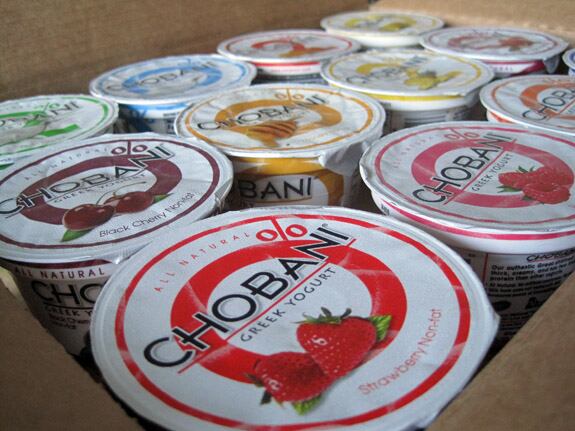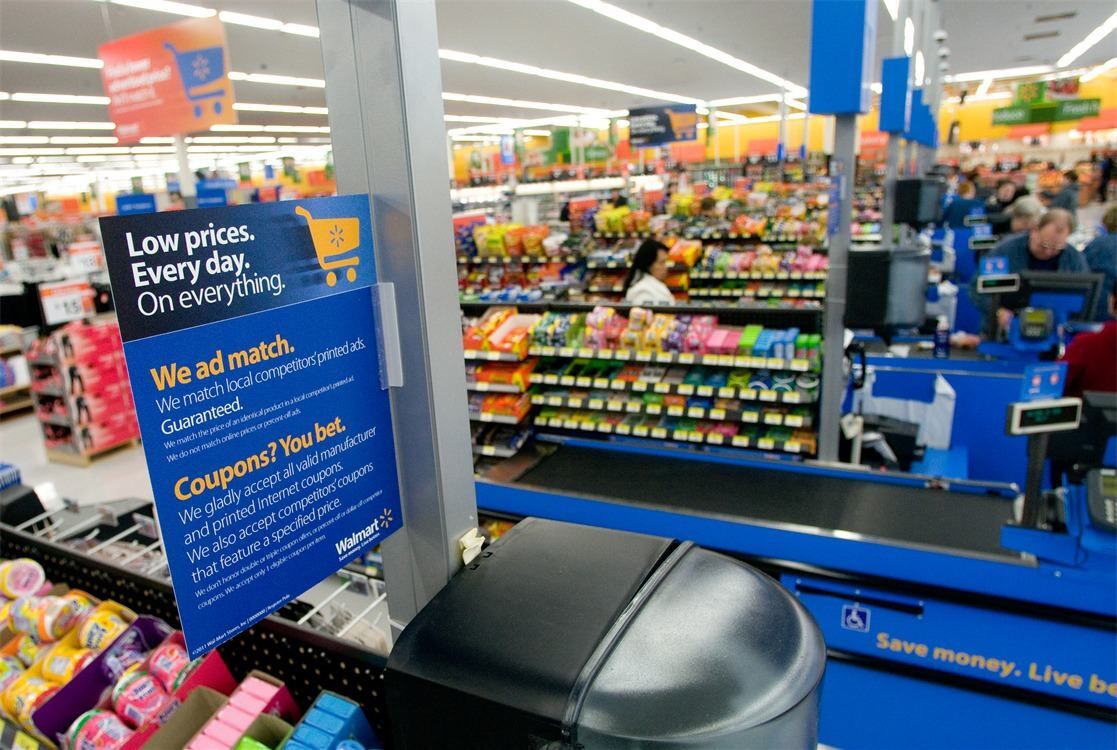As for value sales, meanwhile, smaller manufacturers notched up growth of 7.9% over the past year, while those in the $1-5bn turnover bracket grew by 3%, and those turning over $5bn+ grew by just 1.3%.
Slower or negative growth is pervasive in the food and beverage market
Overall, growth in food and beverage industry value sales through multi-outlets including convenience stores has slowed from 5% in 2011 to 4.1% in the 2012 year to date, noted the report.
“This is representative of slower or negative growth pervasive in the food and beverage market that will continue for the remainder of 2012.”

The figures - unveiled in a briefing from Symphony Consulting, a subsidiary of SymphonyIRI Group - echo comments made by Kraft Foods Group boss Tony Vernon last month, when he told investors that “a weak economy with highly volatile commodity prices is now the new normal [in the US]”and claimed that “no-one, absolutely no-one, has grown volume” in the center of the store in recent years.
Smaller manufacturers have discovered and successfully penetrated specific market niches

Smaller manufacturers have “discovered and successfully penetrated specific market niches, such as Greek yogurt within the yogurt category and single-cup coffee within the coffee category”, noted the consultancy, although it concedes that medium and large manufacturers have performed well in the alcoholic and energy drink categories.
“Anheuser Busch, for example, enjoyed value sales growth of 5.5% versus the large manufacturer average of 1.3%.
“Monster Beverage Group posted an astounding 27% value sales growth rate, versus the medium-sized manufacturer 3% average.”
Pockets of growth?
Despite the gloomy picture painted by the report overall, there are pockets of opportunity, says Symphony Consulting, citing strong growth in fresh cuts fruit & veg, energy drinks, ready-to-drink tea and coffee, granola bars, hummus, Greek yogurt, gluten-free products and lactose-free products.
In a weak economy, staples do well, non-essentials suffer, right? Wrong….
Counter-intuitively, sales growth of staples such as milk, fresh bread and rolls has been slower (up 1.6%) than that of non-staples (up 4.8%), with estimated volume declines of 2.5% for staples versus growth of 0.2% for non-staples.
Meanwhile, frozen dinners, pizza and soup, saw value sales increases of just 0.3% in 2012 versus one year ago compared with a non-staples category average of 4.8% growth.
The key to revitalizing the top line is to target fast-growing shopper segments, such as GenY and older Baby Boomers, and explore high-growth categories such as healthy snacks, said Symphony Consulting managing director Dr. Krishnakumar Davey.
“Shoppers are still making conservative and deliberate purchase decisions and are reluctant to open their wallets. With this in mind, manufacturer and retail decision makers must uncover select, high-growth categories, and target products and offers to very specific shopper groups.”
Shopping around (and rediscovering Walmart in the process)

As for shopper behavior, US consumers are opting to make more trips and purchase fewer items per trip, and are increasingly avoiding big pantry-stocking trips that hit their wallets all at once, says the report.
“In multi-outlets, shopping trips per buyer have grown 0.8% versus one year ago, while units per trip have declined 2.1% over the same period.”
“In addition, shoppers are increasing the number of stores at which they make purchases to lock in lower prices.”
So which retailers are benefiting?
While grocery and drug channels suffered from reduced trips per buyer (0.2% and 0.6% declines, respectively) mass merchandisers excluding Walmart enjoyed 4.4% growth and dollar stores trips per buyer grew 7.2%, said the report.
And the biggest winner? Walmart.
“Shoppers are rediscovering Walmart, which has reversed the trend of losing shoppers to other channels thus far in 2012. Walmart trips per buyer in 2009-2011 withered, with a CAGR of -1%, while rebounding 2012 YTD with growth of 3.2% over one year ago.”
Click here to read the briefing in full: ‘The U.S. Food & Beverage Market: YTD 2012 Trends and Outlook’.
